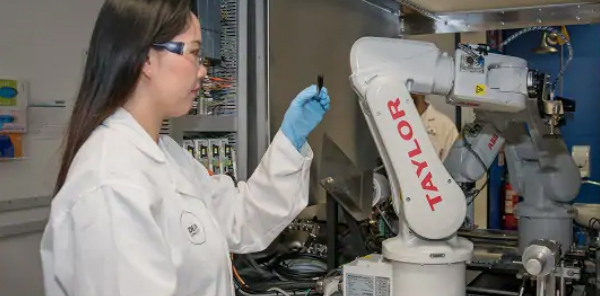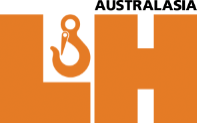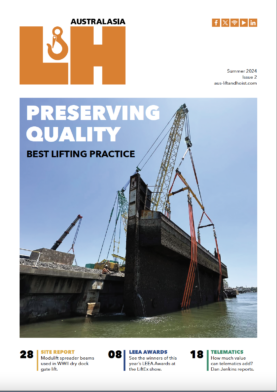)
Batteries of the future
Researchers from Australia’s Deakin University are working to create a new type of battery material that will reduce the cost and environmental impact of high performance batteries.
The team from Deakin University’s Institute for Frontier Materials (IFM) is working in partnership with Calix Pty Ltd at their Bacchus Marsh manufacturing facility and Melbourne-based Boron Molecular to explore the applications of a readily available compound in comparison to current standard ingredients which are more costly and harder to source.
The three year project has received $3 million from the Federal Government’s Cooperative Research Centre Projects (CRC-P) program, which supports short term industry-led collaborations in new technologies, products and services.
IFM deputy director Professor Maria Forsyth who leads the IFM team that includes Professor Patrick Howlett and Dr Robert Kerr said energy storage was a growing area of research, but the challenge was to develop manufacturing capability in Australia.
“There is a global search for safe, low cost, high capacity, high performing batteries given the demand for high performance energy storage and electric vehicles,” Professor Forsyth said.
“The challenge for Australia is to develop a sustainable battery manufacturing industry that has global reach through process innovation.”
Professor Forsyth said Deakin was ideally placed to lead the research, with IFM hosting the Battery Technology Research and Innovation Hub (BatTRI-Hub) – a world-class research and innovation centre focused on advanced battery prototyping and the commercialisation of energy storage technologies.
The team will explore the use of CalixFlash Calcination (CFC) technology to produce customised micron sized nano-electroactive materials for intercalation-based anodes and cathodes.
This would be integrated with optimised ionic electrolytes, developed with Boron Molecular and Deakin, to make up to 10 kWh battery pack prototypes at Deakin, through Bat-TRI-Hub.
Professor Howlett said this would be the first time this type of research had been undertaken in Australia for batteries.
“We will be using high rate processing technology with Australian materials,” Professor Howlett said. “These materials will also have capacity to go into high performance supercapacitors which store charge like a battery and can dispense that charge very quickly.”
The project will involve a field trial of the battery packs, including solar applications linked to small solar PV systems and the Deakin Microgrid, currently under development at Deakin’s Waurn Ponds campus, as well as creation of a data-analytics database that will play a vital role in the design process.
Importantly, the project will develop a roadmap to set out commercialisation pathways and a blueprint for an advanced manufacturing hub of nano-active materials, electrolytes and packing technologies for Australia that will include engagement with minerals providers to account for raw materials requirements.









